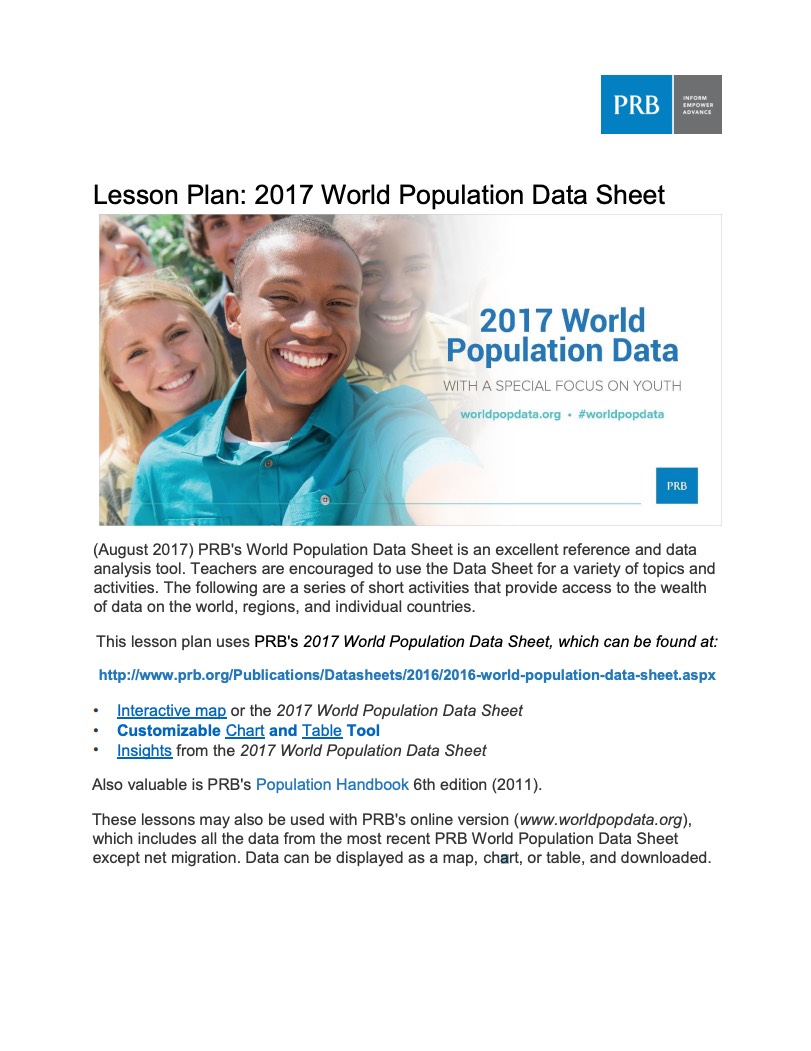To Fix the Care Economy, the United States Should Look Internationally
On this World Population Day, we’re examining the state of the care economy in the United States—and looking abroad for ways to strengthen it.

On this World Population Day, we’re examining the state of the care economy in the United States—and looking abroad for ways to strengthen it.

Accepting Applications for French and English-Speaking Graphic Design Consultant
(2007) This is part of a series of PRB articles about the science and engineering (S&E) workforce in the United States, funded by the Alfred P. Sloan Foundation. Additional state-level data on the S&E labor force will be available this spring, in PRB’s 2007 U.S. Population Data Sheet.

Project: PACE: Policy, Advocacy, and Communication Enhanced for Population and Reproductive Health

(2014) Changes in racial/ethnic composition, immigration, family composition, and age structure are linked to rising income inequality but they are not the primary or root causes.

(2014) Countries around the world are paying more attention to inequality as an indicator of social and economic well-being.

Combining big data with traditional data can generate richly detailed and valuable analyses for global health professionals, but its use comes with drawbacks.